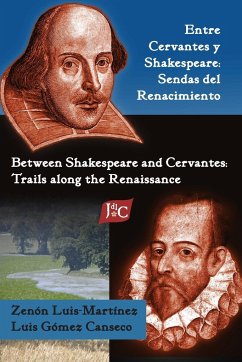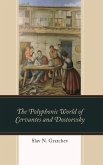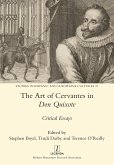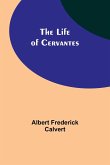This book suggests new directions in the not frequently explored field of comparative studies of Spanish and English Renaissance literature, namely the connections between the works of Miguel de Cervantes and William Shakespeare. Beyond any improbable conjecture on biographical coincidence or personal acquaintance, and assuming little else than the fact that Shakespeare read the 1612 translation of the first part of Don Quixote, the papers in this volume-in Spanish or English-tackle thematic, formal, cultural, and ideological meeting points in two complementary directions. The first part, "Crossroads," analyses contexts and projections of each author in the other's culture: Shakespeare's representations of Catholic Spain, the English origins of Cervantism and the Cervantine nature of eighteenth- and nineteenth-century English novel, or the pioneering work of Luis Astrana MarÌn in suggesting meeting points between Shakespeare and Cervantes constitute its main focus. The second part, "Parallel Paths," searches for literary and cultural motifs, as well as poetics and traditions coincident to both authors: the ideology of blood, festive and carnivalesque characters, representations of madness, iconographic and emblematic sources, Renaissance love discourses, the uses of romance, and the influence of Apuleius are just some of the endless trails which along the Renaissance brought together both writers.








